I am re-working my talk on measuring and sizing that I will be giving at the American Sewing Guild's National Convention in July. And I in the process have run across more interesting and confusing stuff.
But, because so many of us order clothing on line, there are many, many tutorials and photos showing the "correct" way to measure. There are a lot of people doing some pretty bad measuring out there. And there are some genuine differences of opinions on the right way to do certain measurements.
I'm sorting that all out for my talk.
SO ... if you sew for yourself or others, be prepared to alter and adjust. Any pattern you buy is most likely going to need changes to fit correctly.
And, if you buy a piece of clothing, be prepared to try on multiple sizes AND brands until you find the one that fits.
The chart above, I find mind boggling.
She calls it her "Right Size" way to choose a size. It is similar to choosing a pattern based on the upper bust measurement, but using just the front.
I tried this and found out I should use a size 10, which I know is too small in the shoulders for me. I almost always use a 12 for bodices and tops. So, close but, no cigar.
When to use high bust measurement:
Patterns are drafted for the B-cup figure. If your bra cup size is larger than a B-cup it will affect the way the pattern fits.
If your cup size is larger than a B-cup, you will get a better fit by choosing your pattern size according to your High Bust measurement. When using size chart to find pattern size, use High Bust measurement as your bust measurement.
To determine your bra cup size, subtract your High Bust measurement from your Bust measurement and follow these guidelines:
Difference Between High Bust and BustCup Size
Less than 2 ” - A or B cup
2 ” to 3” - C cup
3” to 4” - D cup
4” or more - Larger than D cup
This method works better for me.
What have you tried? What methods work best for you?
Seriously I would love to know. It would help me with my talk.

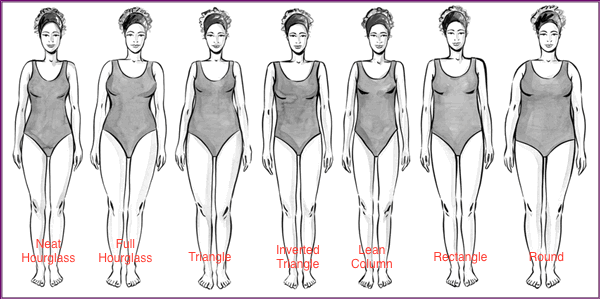
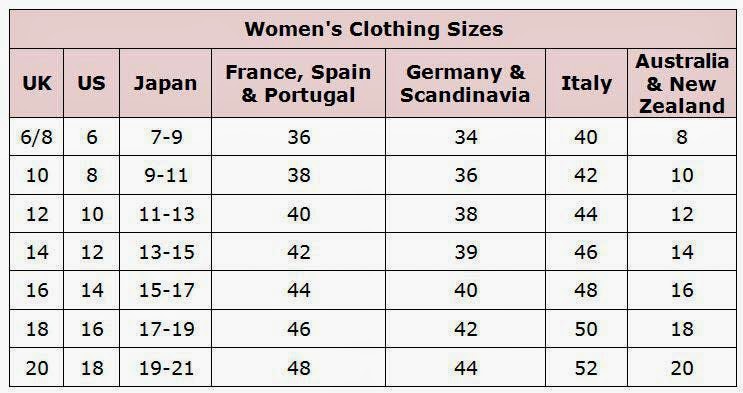
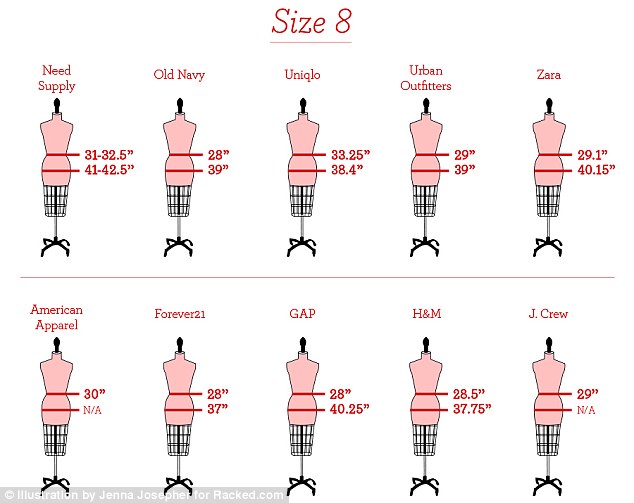
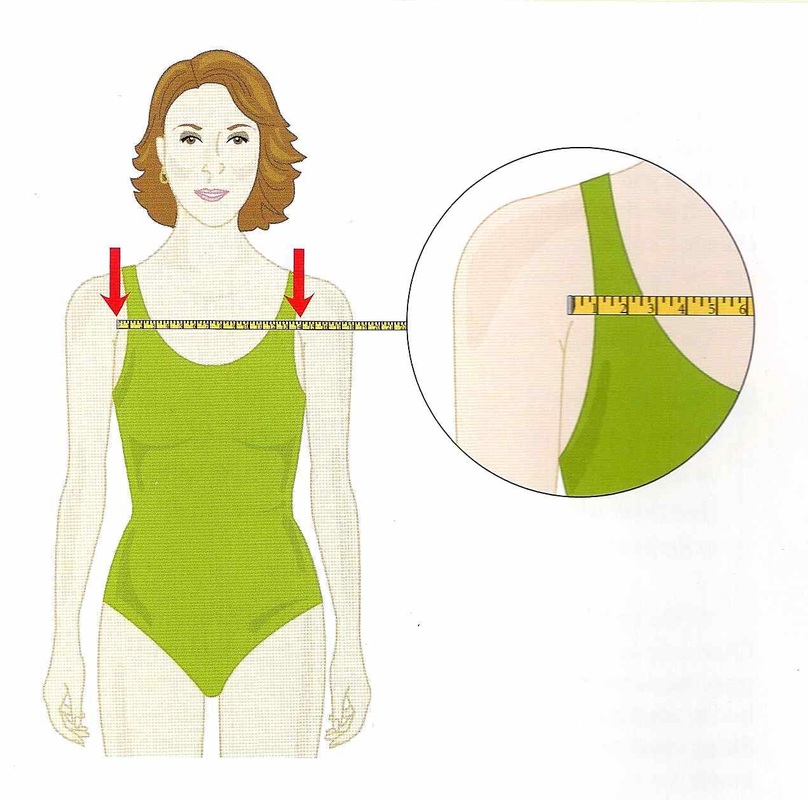
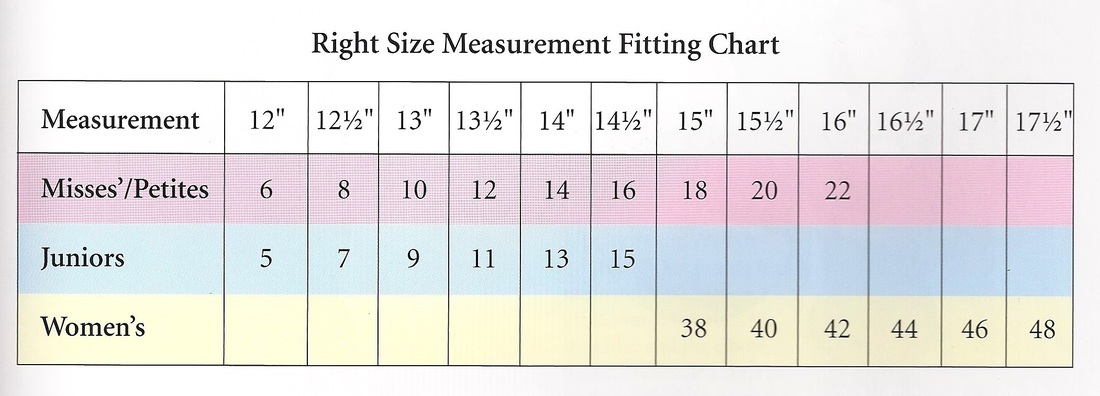
 RSS Feed
RSS Feed